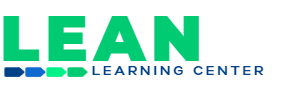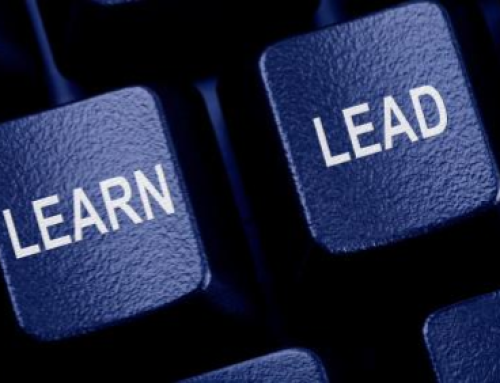In a world that’s rapidly evolving, businesses face the challenge of not just adapting to change but staying ahead of it. This dynamic environment calls for a new breed of leaders—ones equipped to navigate the complexities of modern organizations while driving continuous improvement and innovation. Lean leadership, with its focus on creating value, empowering teams, and fostering a culture of continuous improvement, is at the forefront of developing these change agents. Let’s dive into the essence of Lean leadership strategies for nurturing the next generation of leaders who can champion change and drive organizational success.
The Pillars of Lean Leadership
Lean leadership is rooted in principles that differ markedly from traditional leadership models. It emphasizes respect for people, leading by example, and a deep commitment to continuous improvement. Lean leaders see themselves not as commanders but as coaches who empower their teams to solve problems and improve processes. This leadership style is pivotal in creating an environment where innovation thrives, and employees are engaged and motivated to contribute their best.
Cultivating a Lean Mindset
Developing the next generation of Lean leaders starts with cultivating a Lean mindset across the organization. This involves embedding Lean principles into the fabric of the company culture, ensuring that every team member understands the importance of adding value, eliminating waste, and continuously improving. Training programs, workshops, and hands-on projects can help instill this mindset, providing employees with the tools and knowledge they need to embrace Lean thinking.
Empowering Teams to Lead
A key aspect of Lean leadership is empowering teams to take ownership of their processes and improvements. This requires a shift away from micromanagement towards a model where leaders provide guidance, support, and the necessary resources, then step back to let teams take the lead. Encouraging experimentation and learning from failures are essential components of this empowerment, fostering a culture where innovation can flourish.
Fostering Cross-Functional Collaboration
The complex challenges businesses face today often span multiple departments and require a collaborative approach to solve. Lean leaders facilitate cross-functional collaboration, breaking down silos and encouraging teams to work together towards common goals. By promoting a culture of open communication and mutual respect, Lean leaders ensure that diverse perspectives are heard and integrated into the problem-solving process.
Leading by Example
Perhaps the most powerful tool in a Lean leader’s arsenal is leading by example. By actively engaging in Lean initiatives, demonstrating a commitment to continuous improvement, and showing respect for every individual, leaders model the behaviors they wish to see in their teams. This not only reinforces the Lean principles but also builds trust and credibility, inspiring employees to follow suit.
Continuous Learning and Adaptation
The landscape of business is constantly changing, and Lean leaders must be adept at learning and adapting to new challenges. This requires a commitment to ongoing personal and professional development, seeking out new ideas, and staying abreast of industry trends. Lean leaders encourage this same commitment to learning within their teams, creating a dynamic organization that evolves as the market changes.
Developing the next generation of Lean leaders is critical for businesses seeking to navigate the challenges of the modern world. By fostering a Lean mindset, empowering teams, promoting collaboration, leading by example, and prioritizing continuous learning, organizations can cultivate leaders who are not just capable of managing change but driving it. These Lean leaders will be the change agents who propel their organizations to new heights of efficiency, innovation, and success.




